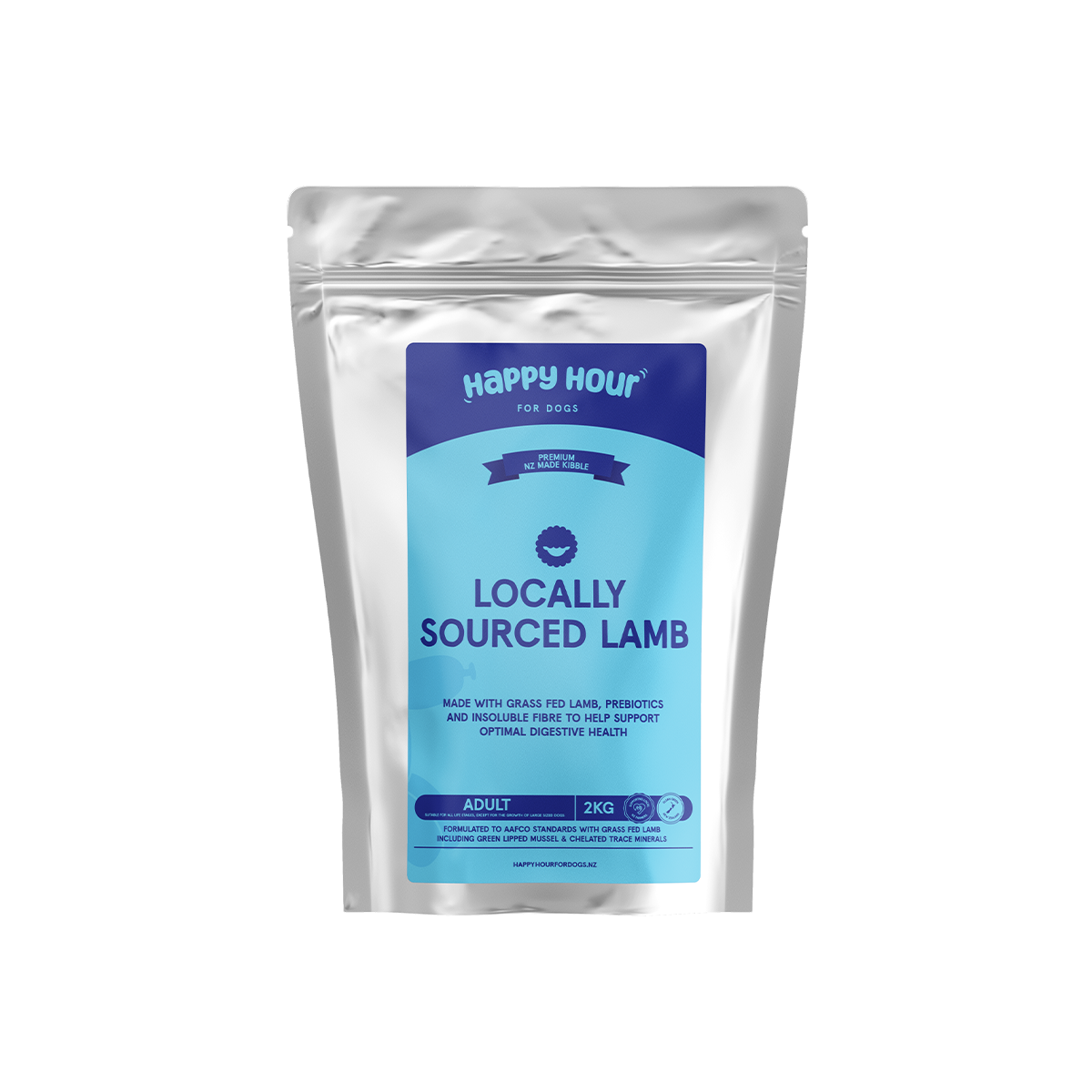500,000 Meals Later: What We’ve Learned From Feeding Dogs at K9 Heaven
Twenty one years. Half a million meals. Thousands of wagging tails, licked-clean bowls, and well-fed pups later — we’ve learnt a thing or two about what really matters when it comes to feeding dogs well.
At K9 Heaven, food is part of the experience. It’s not just about fuelling zoomies — it’s about health, comfort, trust, and love. And over the years, we’ve seen patterns, busted myths, and gained some hard-won perspective that every dog parent should hear. All of this while having to figure out how to successfully feeds dogs of every shape, size, personality and palate.
1. The Dog Food Industry Mirrors the Human One — And That’s Not Generally A Good Thing
Big brands. Bigger marketing budgets. Clever labels. Confusing health claims.
Sound familiar?
The commercial pet food industry is shaped by the same forces as ours — designed to maximise profit, product lines, and brand loyalty. Not necessarily health. Not necessarily transparency.
As dog parents, we have to look beyond the buzzwords and ask real questions. What’s actually in this food? Where does it come from? Is it nourishing my dog — or just filling their belly?
The deeper you look into who owns the large dog food companies and what they put in the food (and where it comes from), the more concerning it gets.
2. “Fussy Eaters” Aren’t Being Difficult — They’re Paying Attention
One of the biggest myths we’ve seen dispelled: that picky dogs are just spoilt or stubborn.
Most of the time, dogs turn their noses up at food because it doesn’t smell, taste, or feel right. They’re instinctive. If something’s overly processed, synthetic, or low in meat content, they know. And they’re right to hesitate.
When you switch to simpler, cleaner ingredients? That so-called fussiness often disappears overnight.
3. Breed-Specific Dog Food Is Mostly About Marketing
Those rows of breed-labelled bags? In most cases, they’re more about shelf space and sales than science.
There’s no solid evidence that a Labrador and a Staffy need radically different kibble formulas. What truly matters is your dog’s age, activity level, sensitivities, and health history — not just their breed.
Nutrition should be personalised, not productised.
4. “Vet Approved” Doesn’t Mean “High Quality”
Just like in the human food world, there are loopholes.
We’ve seen frozen supermarket meals plastered with 4-star health ratings despite being packed with additives, preservatives, and highly processed ingredients. Sadly, many “vet-approved” dog foods fall into the same trap.
Approval doesn’t always equal optimal. It often just means it meets minimum requirements — not that it’s ideal for your individual dog’s long-term wellbeing.
5. Treats Should Do More Than Taste Good
In our world, treats are tools. They’re how we build trust, reinforce calm behaviours, and support physical wellbeing — from joint-friendly chews to digestion-boosting bites.
We’ve learnt that the best treats don’t just taste good — they serve a purpose. And the fewer artificial colours, flavours and sugars involved, the better.
6. Dogs Know When Food Feels Good
You can’t trick a dog’s gut. We’ve watched countless pups thrive after switching to better food — with calmer energy, fewer digestion dramas, glossier coats, and clearer skin.
The ingredients list matters. And not just what’s on it — but where it comes from and how it’s processed. Fresh, clean, simple nutrition always wins over filler-heavy, ultra-processed meals.
Our Takeaway After 500,000 Bowls
What you feed your dog matters. Deeply. But the solution isn’t falling for the loudest label or most expensive bag. It’s being informed, observant, and occasionally a little sceptical.
Every dog is different. Every bowl is a chance to nourish them better. And if you’re asking these questions — you’re already doing something right.
Because love shows up in the little things. Like what goes in the bowl.

